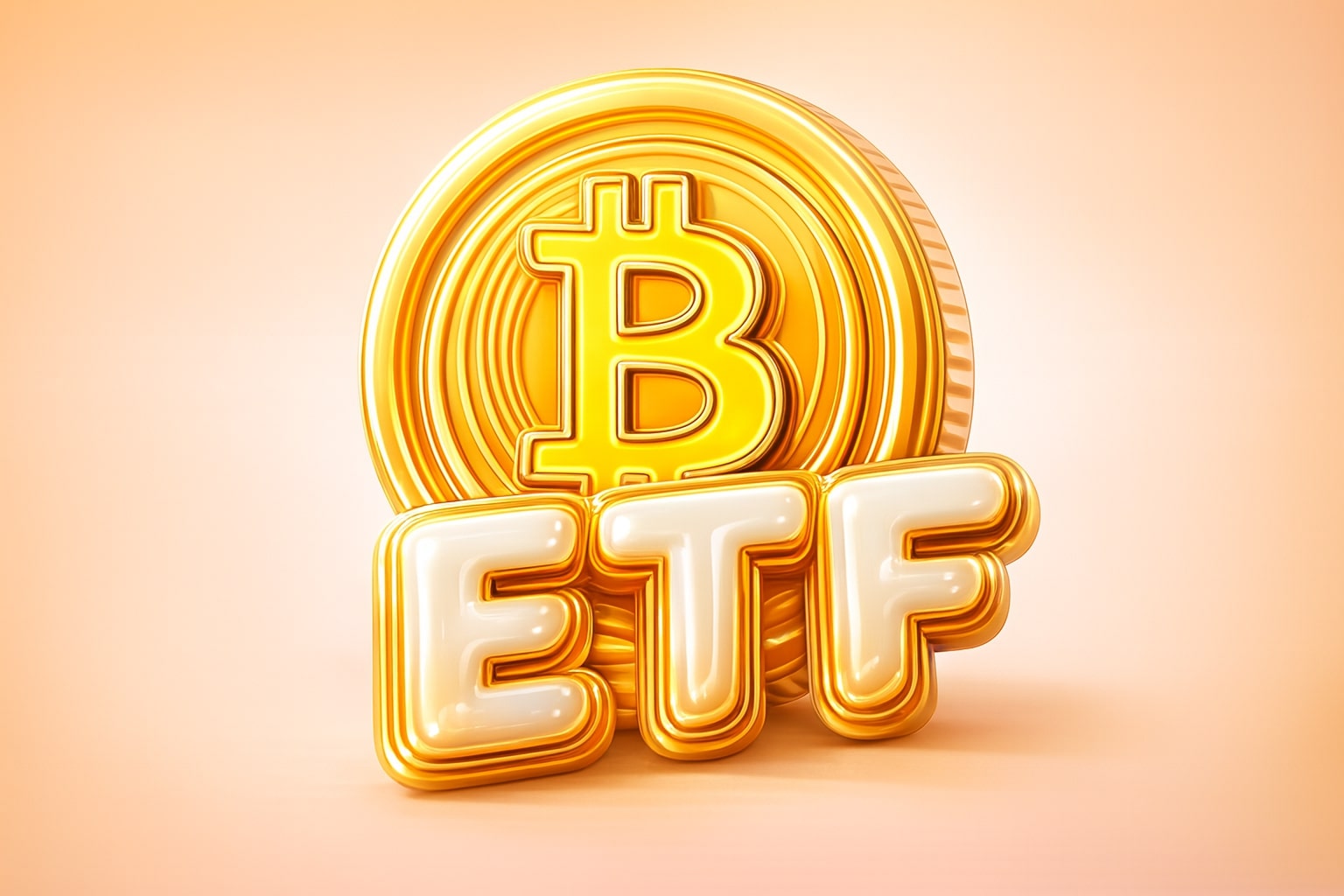
EUR/USD Price Forecast: Euro Slides to 1.1523 as Fed’s Hawkish Cut Extends Dollar Rally
After Friday’s close, the euro–dollar pair hit a three-month low near 1.1523, weighed by Powell’s hawkish stance, Eurozone’s cooling inflation, and rising U.S. yields, setting a bearish tone for November trading | That's TradingNEWS
Gold (XAU/USD) Analysis: Price Slips Below $4,000 as Fed Caution, Strong Dollar, and ETF Outflows Pressure Rally
The gold (XAU/USD) market closed Friday’s session sharply lower, settling at $3,997.79 per ounce, down 0.7%, marking its most notable pullback in a year. The metal’s correction, which began after October 20, intensified as the Federal Reserve’s hawkish stance, a stronger U.S. dollar, and ETF outflows weighed heavily on sentiment. Despite gold’s 50% gain year-to-date, traders are reassessing near-term prospects as yields rise and the U.S.–China trade détente fails to spark renewed safe-haven demand.
Fed’s Hawkish Tone Fuels Dollar Strength
The turning point for gold came following Fed Chair Jerome Powell’s warning that a December rate cut was “not a done deal.” The Federal Open Market Committee (FOMC) reduced its benchmark rate by 25 basis points, setting the new range at 3.75%–4.00%, but Powell’s tone was far from dovish. He highlighted that inflation progress remains “incomplete,” which triggered a surge in Treasury yields and boosted the U.S. Dollar Index (DXY) above 100.20, its highest level since late September.
This renewed dollar strength dampened demand for non-yielding assets like gold, reinforcing the inverse relationship that has persisted throughout 2025. COMEX December gold futures dropped 5.7%, the steepest one-day decline in 12 years, while gold ETFs saw their largest outflows since March. Institutional investors, anticipating tighter financial conditions, pulled capital from precious metals into short-term Treasuries yielding above 4.5%, intensifying selling pressure.
U.S.–China Trade Truce Offers Limited Relief
Markets had initially expected a U.S.–China summit in Busan to support gold, but optimism quickly faded. Although the two countries announced a 10% reduction in U.S. tariffs on Chinese goods and a postponement of China’s rare earth export restrictions, geopolitical tension persisted. Chinese President Xi Jinping’s remarks at the subsequent APEC summit, emphasizing “multilateral trade systems,” were interpreted as a veiled response to U.S. policy, underscoring lingering discord.
The trade agreement temporarily steadied gold near $4,010, but failed to trigger sustained inflows as investors adopted a wait-and-see stance. Analysts warned that while the truce may prevent escalation, it does little to stimulate safe-haven flows since both economies are pursuing domestic rebalancing rather than true cooperation. The uncertainty—though supportive in principle—was overshadowed by the stronger dollar and rising U.S. yields.
Technical Pullback Mirrors 2011 Reversal Pattern
From a technical perspective, gold’s recent decline mirrors patterns seen during its 2011 post-rally reversal. After touching an all-time high near $4,380 earlier in October, prices slipped nearly 8%, forming a monthly reversal candle that often precedes extended corrections. The metal remains above its 100-day moving average at $3,940, but a breach below this level could expose the $3,750 support zone cited by Westpac Bank’s Robert Rennie.
Momentum indicators like the Relative Strength Index (RSI) have eased from overbought territory (above 70) to near 49, signaling a neutral but weakening bias. Short-term traders now eye $4,150 as immediate resistance and $3,750 as key support. Should the dollar continue strengthening, gold’s medium-term bias could turn negative, potentially driving prices closer to $3,700–$3,720 before stabilizing.
ETF Outflows Reinforce Adjustment Phase
The most notable structural shift in gold’s momentum is the sharp outflow from gold-backed exchange-traded funds (ETFs). Data compiled by Bloomberg show total outflows exceeding $5.3 billion in October alone, reversing half of the inflows accumulated during Q3. This mass exit from institutional portfolios indicates a broader rotation into risk assets, particularly U.S. equities, following strong tech earnings and easing volatility indices.
However, not all investors are retreating. Central bank purchases, led by China, Turkey, and India, continue to provide a stabilizing influence. The People’s Bank of China (PBoC) added an estimated 12 tonnes in October, marking its 25th consecutive month of accumulation. This persistent official demand has historically served as a buffer during correction phases, and analysts from Bank of America Securities reaffirmed their long-term $5,000/oz target for 2026, citing structural central bank diversification away from the dollar.
Global Macro Drivers: Yields, Inflation, and Growth Fears
The broader macro backdrop for gold remains complex. U.S. real yields continue to hover near multi-decade highs, curbing speculative demand for bullion. Meanwhile, headline inflation in the U.S. has stabilized around 3.1%, while Eurozone inflation eased to 2.1%, reinforcing the perception that central banks are nearing their targets. Yet, global growth risks—especially from China’s slowing industrial output and Europe’s weak manufacturing data—have kept long-term investors cautiously optimistic on gold’s defensive role.
Oil’s retreat to $60.98 per barrel and a resilient U.S. labor market have also shifted risk sentiment back to equities, creating temporary headwinds for the metal. Nonetheless, geopolitical volatility in the Middle East and sustained fiscal deficits across major economies continue to underpin long-term hedging demand.
Read More
-
SMH ETF: NASDAQ:SMH Hovering at $350 With AI, NVDA and CHIPS Act Fueling the Next Move
16.12.2025 · TradingNEWS ArchiveStocks
-
XRP ETFs XRPI and XRPR: Can $1B Inflows Lift XRP-USD From $1.93 Back Toward $3.66?
16.12.2025 · TradingNEWS ArchiveCrypto
-
Natural Gas Price Forecast: NG=F Falls to $3.80–$3.94 as Warm Winter Kills $5.50 Spike
16.12.2025 · TradingNEWS ArchiveCommodities
-
USD/JPY Price Forecast - USDJPY=X Slides, BoJ 0.50% Hike, Fed Cut and NFP Set the Next Big Move
16.12.2025 · TradingNEWS ArchiveForex
Valuation Outlook and Strategic Positioning
The correction phase offers an important inflection point for investors seeking tactical re-entry. Analysts view this as a consolidation window rather than a reversal. In the equities-linked space, the iShares S&P/TSX Global Gold Index ETF (TSX:XGD) has fallen 15%—nearly double gold’s decline—creating a potential leverage opportunity once momentum resumes. Meanwhile, the Sprott Physical Gold Trust (TSX:PHYS) remains a preferred vehicle for direct bullion exposure due to its physical backing and low correlation with equity indices.
Historical back-testing shows that a 50/50 allocation between XGD and PHYS produced an annualized return of 14.3% with drawdowns limited to 18%, outperforming single-asset exposures. As inflation expectations stabilize, this blend may serve as a “balanced offense and defense” strategy for portfolios navigating tightening liquidity and market volatility.
Gold’s Next Move: Key Levels to Watch
Heading into November, gold faces a crucial test between $3,950 and $4,150. A decisive break above $4,150 would signal renewed institutional inflows, potentially targeting $4,380 before year-end. Conversely, a sustained break below $3,940 could trigger accelerated selling toward $3,750, with the potential for further weakness if ETF redemptions continue.
Momentum will likely hinge on next week’s U.S. non-farm payrolls data and Powell’s follow-up remarks, which could recalibrate rate-cut expectations. Traders are also watching for updates on U.S.–China trade enforcement mechanisms, which may dictate risk sentiment heading into the holiday quarter.
Verdict: Based on current macro, technical, and flow dynamics, gold (XAU/USD) is in a short-term correction but retains a long-term bullish structure. Near-term traders may target $3,750–$3,780 on dips, while medium-term investors could accumulate positions between $3,800–$3,900, anticipating a rebound toward $4,300–$4,500 in early 2026. The bias remains cautiously bullish beyond the consolidation window.



















